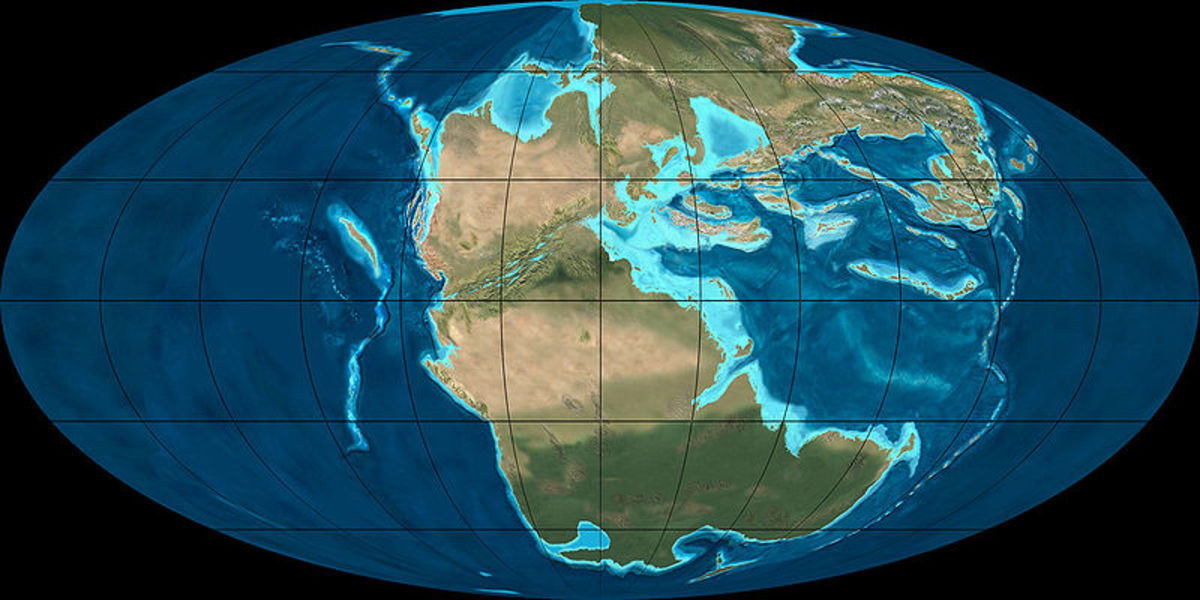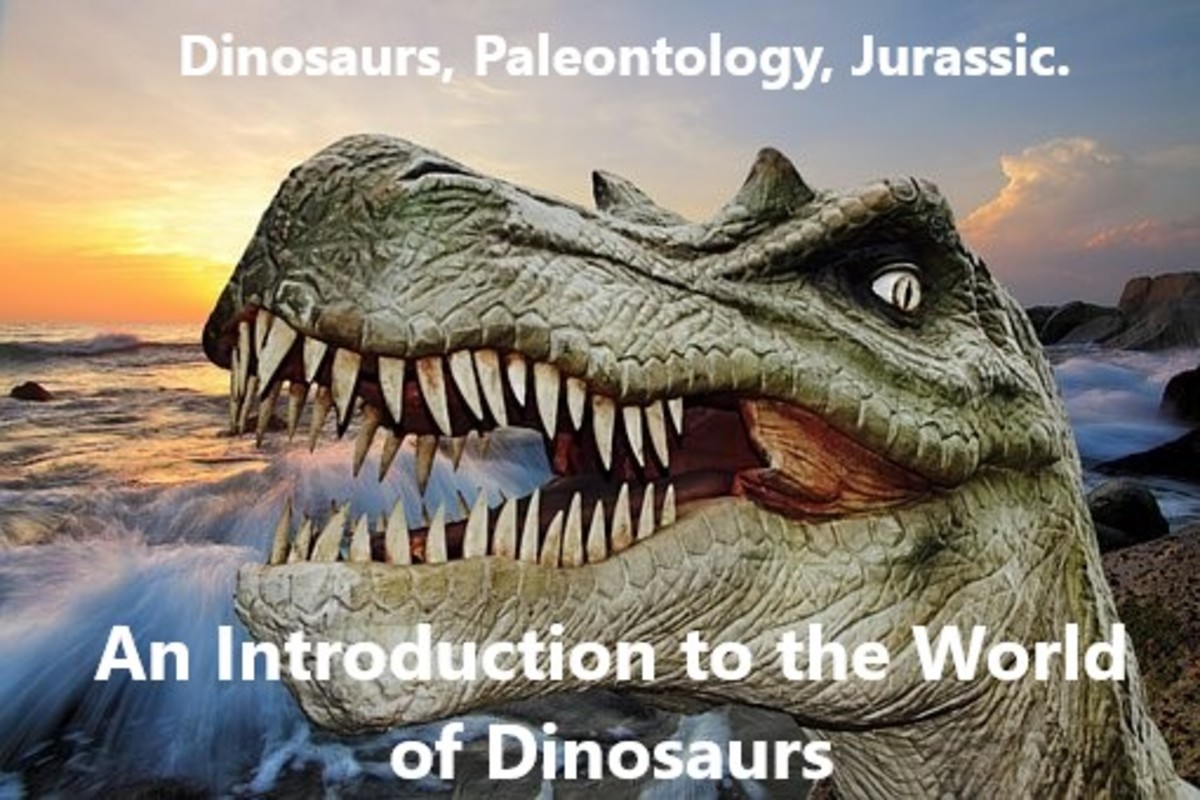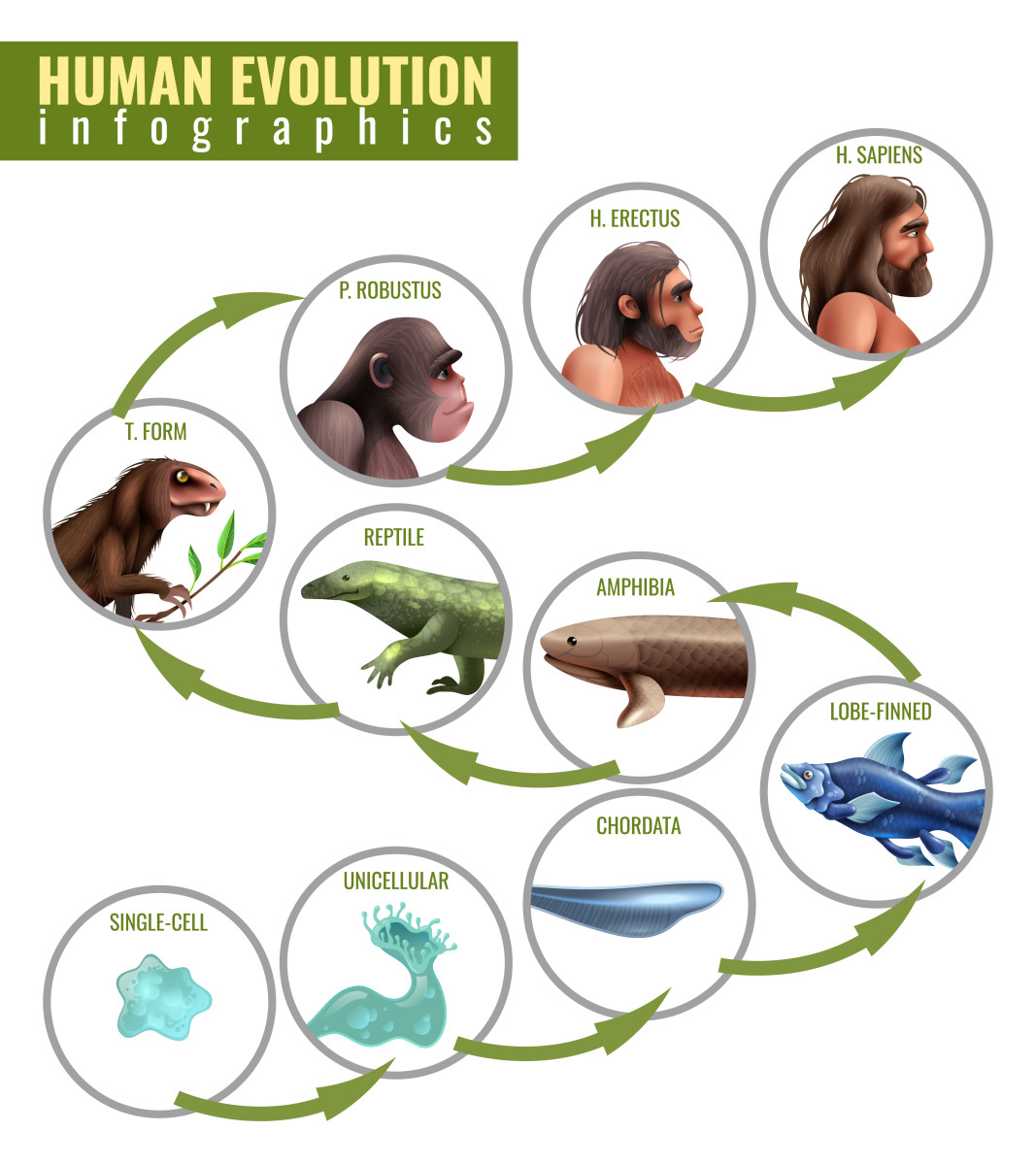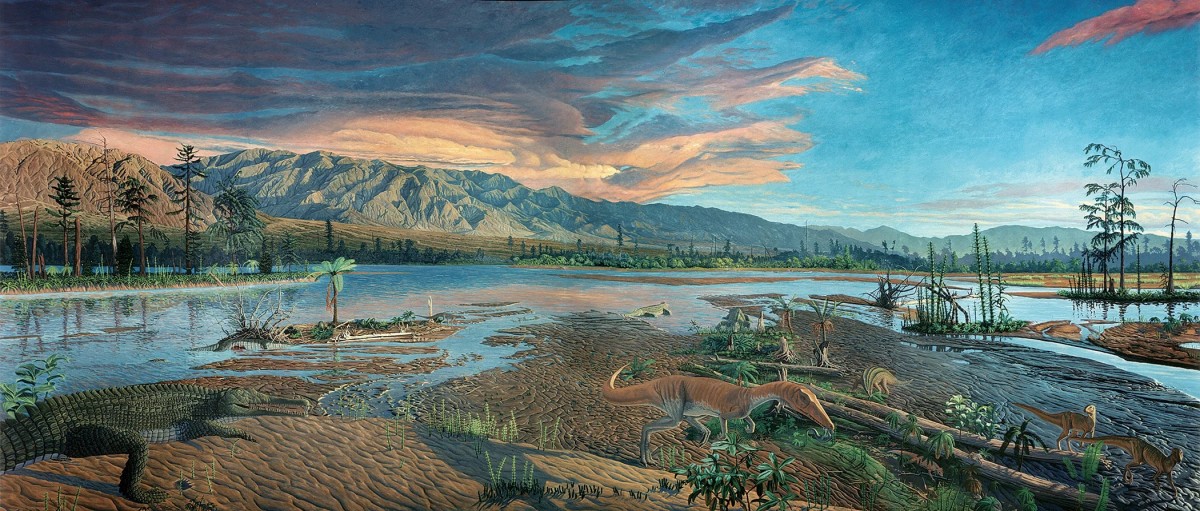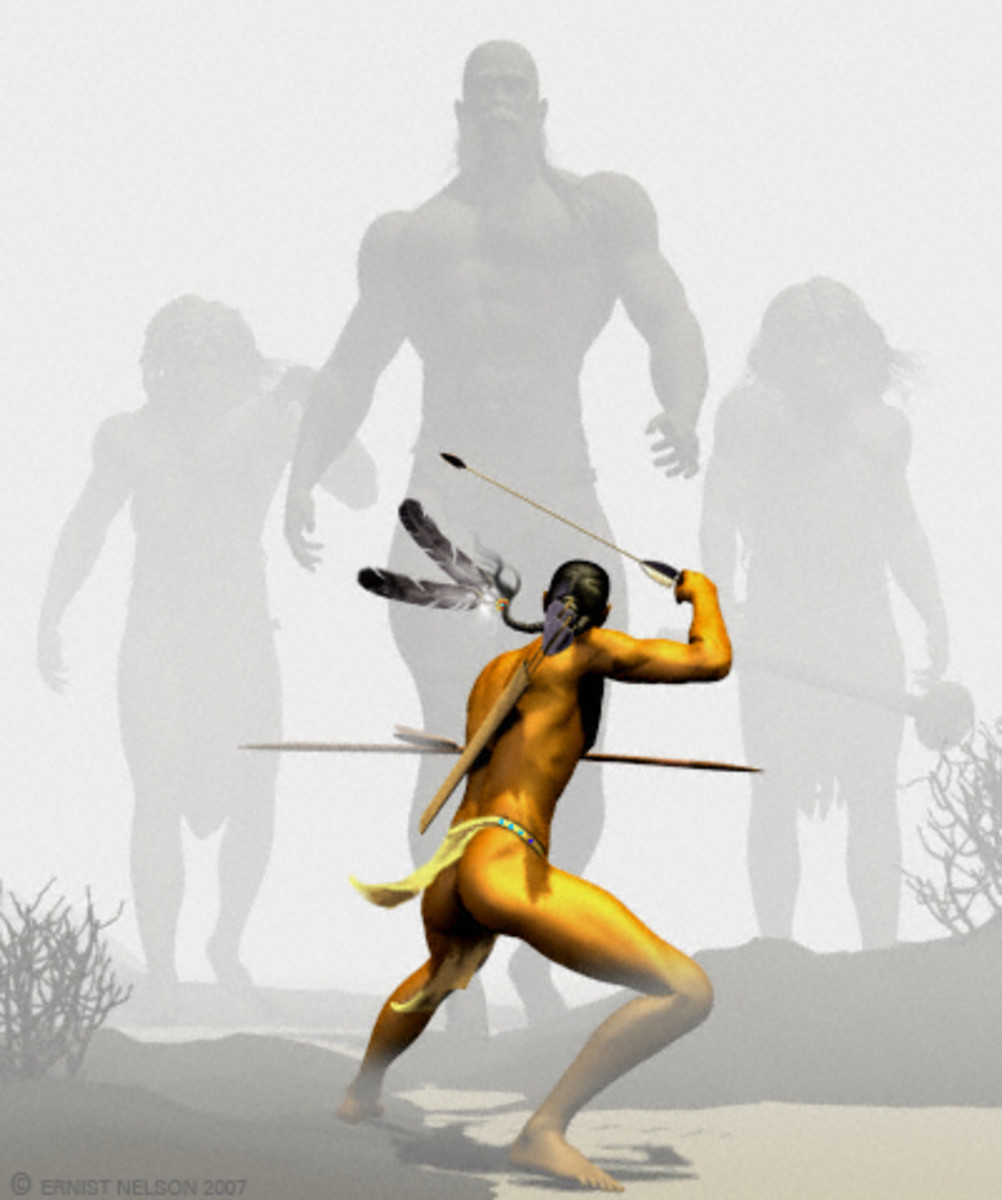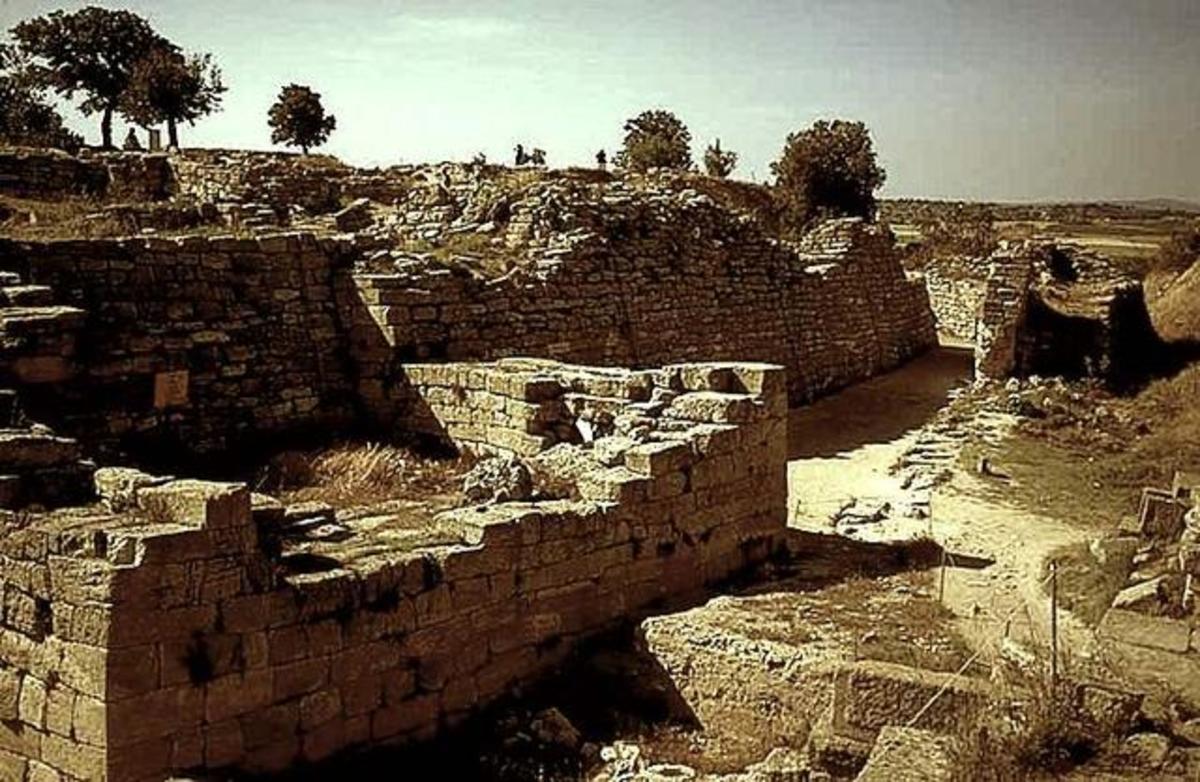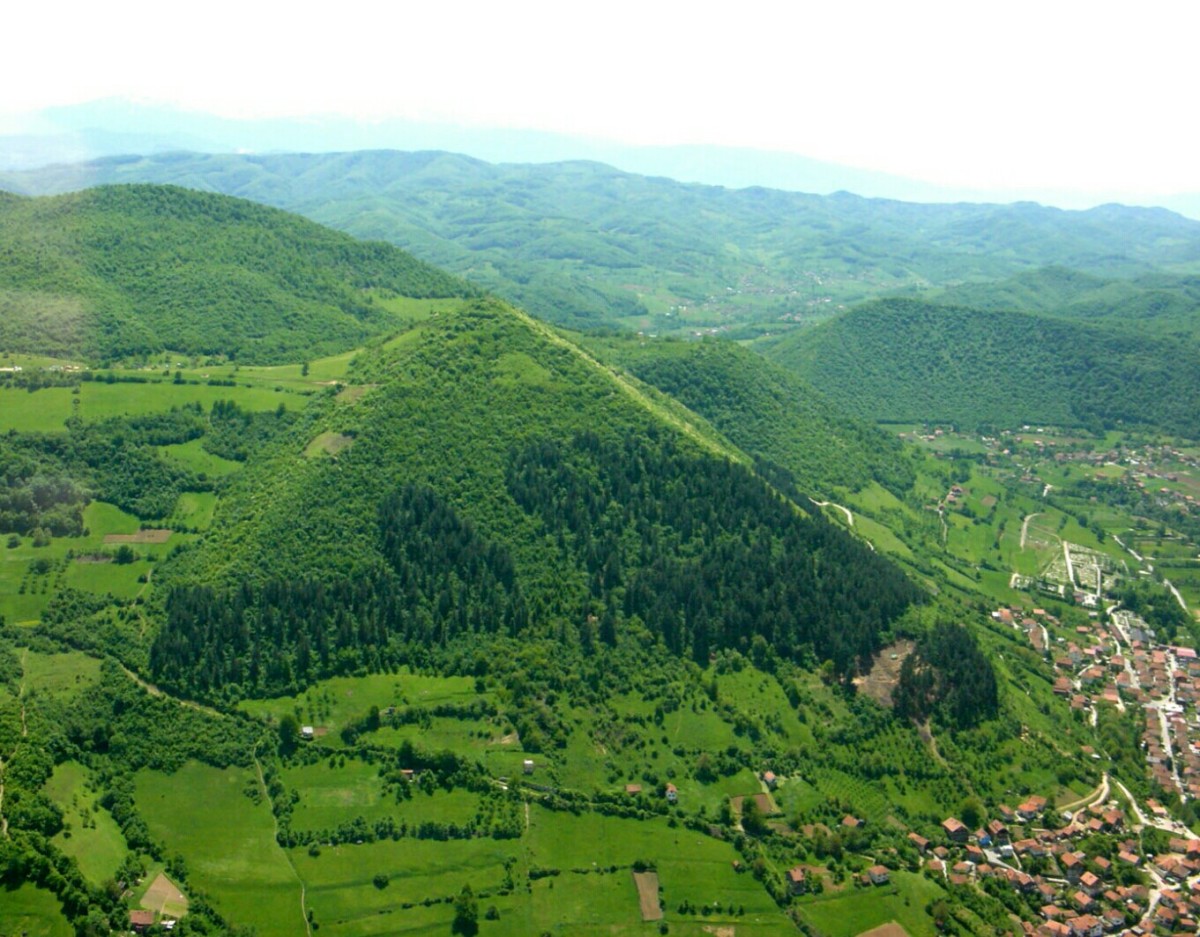The Dinosaurs and the early period of the Earth
Raptors
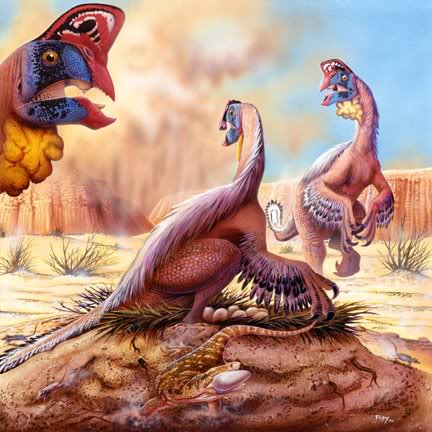
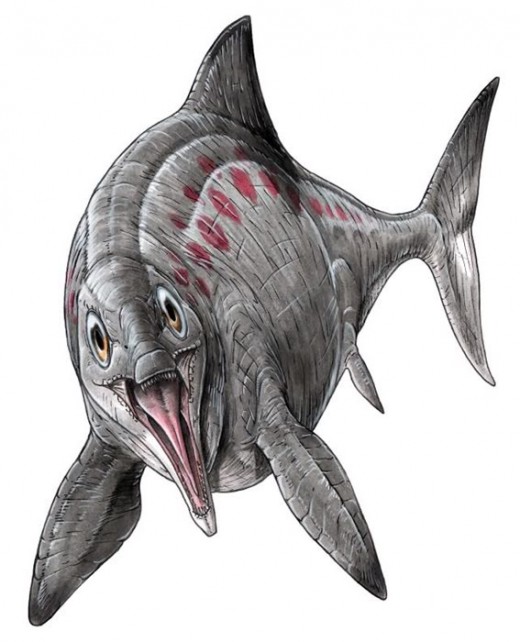
The Dinosaurs

From the formation of Earth to the Cro-Magnon
The Precambrian Period stretched from Earth's formation until 245 million years ago. This was a period where plant life and insects developed.The terrain of Earth was composed of a single Super-continent which we call Pangea.
Then came the Paleozoic era (550-250 million years ago) consisting of Cambrian, Devonian and Carboniferous eras. These ages track the development of early sentient life which developed in the oceans, and which eventually came out of the sea to walk on land.Then came the Mesozoic Age.
The Mesozoic age (250-65 million years ago) was the age of the dinosaurs. It was divided into three distinct periods...The Triassic, Jurassic and Cretaceous eras. It may disappoint dinosaur fans to know that these eras were not conceived to monitor the rise of the great lizards, but rather was meant to monitor the development of geographic strata as the Earth continued to change.
The Triassic Age (245-208) still saw Pangea the super continent as the unified terrain. There were no icecaps at the poles. Pangea (and Earth in general) was lush, green and humid. The early dinosaurs evolved in the Triassic Age.
The first dinosaurs were the Archosaurus, Herrerasaurus and the Pterosaurus. Primitive reptiles like prehistoric crocodiles also appeared at this point. As for marine life, the Permian Extinction depopulated the seas but that gave rise to the first marine mammals, like the Nothosaurus. There were few avians at this time and large insects ruled the air.
The Jurassic Age (208-144) saw the break up of the super continent into the two giant continents Gondwana and Laurasia. Lakes and rivers began to form at this point. The climate remained hot and humid. There was steady rainfall.The terrain was filled with lush, green plants.
Small quadruped plant eaters evolved over the period into the sauropods, (The largest land creatures that ever lived) like the Apatosaurus. FUN FACT: The most well known of the Sauropods is the Brontosaurs but here's the catch...There's no such thing as a Brontosaurus! The Sauropod Apatosaurus was named
in 1877. Two years later, an incomplete skeleton was found. In trying to complete it, bones of the Apatosaurus were mixed up with another Sauropod called the Camarasaurus. The mix-up led the the erroneous belief that a new dinosaur had been found. It was named Brontosaurus, which means "Thunder Lizard". Sadly, one of the most famous dinosaurs never existed.
Then came the medium-to-large Theropod dinosaurs, like the Allosaurus The appearance of this predator led to the development of the early armored herbivorous dinosaurs, such as ankylosaurus and the stegosaurus.
Small, early mammals came along, but they were tiny enough to be stepped on by a Sauropod. They were mostly nocturnal scavengers. Small theropod dinosaurs began to develop feathers.
Marine Life grew bigger. Creatures like the fierce pliosaurs and the sleeker, faster plesiosaurs were born. Avian life developed quickly, such as the pterosaurs pterodactylus and pteranodons.
The Cretaceous era (144-65 million years ago) saw the final breakup of the giant continents into the existing continents we have today. The world's climate was still hot and muggy. Rising sea levels provided more total ocean areas, as well as more swampland.
The era had the most dinosaur species of any period. Therapods like the notorious Tyrannosaurus-Rex and the raptors evolved. FUN FACT: Raptors were small bird-like carnivores of the late Cretaceous period. Despite what we saw in Jurassic Park, the Velociraptor was about two feet in height. From snout-to tail, it was maybe 5 feet long at most. Not the 7 foot high beast of the film.
The Sauropods had died out by this point, except for the Titanosaurs. Horned dinosaurs like the Tricerotops became abundant. Duck billed dinosaurs like the Hadrosaurs came along. As far as marine life, we had the ichthyosaurus but they were soon replaced by the mosasaurs, and a gigantic type of pliosaur called the Kronosaurus, as well as the smaller plesiosaurs like Elasmosaurus and prehistoric shark. The avian pterosaurs had grown to enormous size.(The Quetzalcoatlus being the largest)
About 65 million years ago came the mass extinction, probably due to a meteor hitting the Yucatan Peninsula causing a nuclear winter which blotted put the sun. The dinosaurs slowly died off. Plant life began to die off too, and so the plant eaters could not survive. The last plant dinosaur left standing after the mass extinction was probably the ankylosaurus. With no small prey, the larger dinosaurs died out.
This was the start of ice age and the end of the Mesozoic, or Dinosaur age. This left the way open for small mammals to take over as the dominant species. Being warm blooded and needing to eat less, they were better able to survive the ice age. These early mammals developed into the early primates, and eventually into Homo Erectus (The "Link" between ape and man.) Homo Erectus developed into the Neanderthals and then the Cro-Magnon, who were the descendants of modern man.

